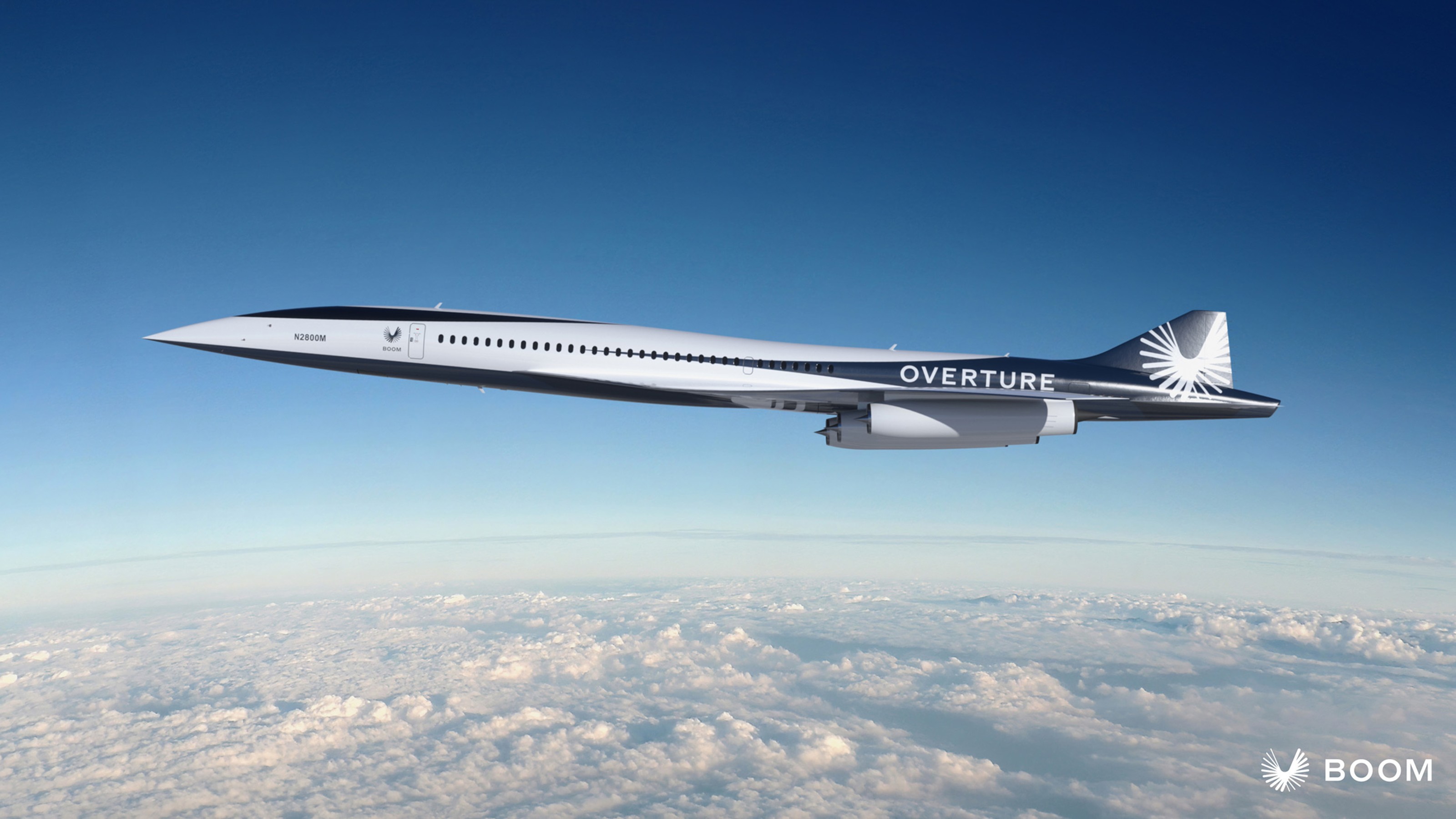The outer limits?

We live in an age of miracles. We travel across continents within hours.
Our messages cross the globe in seconds. For billions of us, famine is a distant memory, and medicines quickly cure illnesses that used to be fatal. Buildings rise a thousand feet into the sky and we’ve built machines that “think” so fast they solve problems that we couldn’t even imagine existed a few hundred years ago. Most importantly, all of this has been accomplished in just a couple of centuries, which is a mere fraction of the 10,000 since we began our project of civilization. All our capacities, it seems, are accelerating. And, it seems, this acceleration will go on and on.
Unless it doesn’t.
I am just finishing a paper on the Fermi paradox and interstellar travel. It’s been forcing me to think more deeply about our assumptions concerning the inevitability of technological progress. The version of the Fermi paradox my colleagues and I are studying relates to how quickly a civilization with interstellar travel technology can achieve in settling all the “settle-able” worlds in the galaxy. We’re interested in this problem because it relates to Fermi’s original question back in 1950: “If there are a lot of advanced aliens in the galaxy, then why aren’t they here already?” Ignoring UFOs, which is just too much flim-flam, the question turns on the ability of civilizations to cross the vast distances between stars and find worlds in which they can spout new “buds” of their civilization.
How does this relate to the question of technology and its acceleration? When considering the behavior of other, older civilizations, we tend to assume they’ll have marvelous technologies at their disposal which we can barely dream of. For settling new worlds, for example, we assume that they’ll have the capacity to take any planet and “terraform” it to their needs. Terraforming means changing the large-scale state of a planet via large-scale engineering. Say they are oxygen breathers like us. If these aliens happen upon a world without an oxygen atmosphere, they will just make one. Terraforming could also be used to make frozen worlds warm or barren worlds bloom. It’s a heady idea, and we already have dreams of terraforming planets like Mars in our own solar system.
But here is the thing. We don’t even know if terraforming is possible. It’s entirely within the realm of possibility that one can’t “engineer” stable climate states on a random planet. In our science fiction, we imagine there are no limits to what technology can achieve. And we hold that belief because that’s what our recent history seems to imply.
Technology’s limitations
But if we stop for a moment and consider that history a bit more deeply, there may be reasons to consider that the great acceleration of the last few generations may not last forever.
Here is a question to ponder: What is the fastest speed an average human being can travel? The answer is about 500 miles an hour on a jetliner. Now ask, “What was the fastest speed an average human being could travel 50 years ago?” The answer is about 500 miles an hour on a jetliner. Even if we consider manned space travel, today’s manned rockets aren’t any faster than the Apollo missions a half century ago.
When it comes to moving physical stuff around, we have not seen radical changes in almost half a century. It still takes a lot of energy to move 100 kilograms over huge distances quickly.
If you look carefully, you’ll find most of the radical new technologies of the last few decades have come from manipulating the micro world (electronics, genetic engineering etc.). Our ability to manipulate the macro-world, however, has stalled. It’s become more refined but not been overturned. Moving big stuff around still requires some form of blowing stuff up (i.e. chemistry).
This small example serves as a cautionary tale in expecting technology in all domains to advance at rates like those since the 1800s. It’s entirely possible that in some fields we will return to incremental rather than revolutionary advances. And in some fields, we may just hit walls imposed on us by the laws of physics.
I’m not saying this will happen, but it’s important to understand that it can happen. It’s important to see that the kind of technological acceleration we’ve experienced for the last 200 years is not mandated to continue. And where would that leave us?
In the imaginative landscapes of science fiction, we’ve gotten very good at dreaming infinite futures with infinite capacities. But perhaps it’s time to also begin imagining futures where we can still prosper even while under constraints. Maybe terraforming isn’t any more possible than anti-gravity air cars.
If that’s the case, can we still have a remarkable human future? Can we imagine what that kind of future would look like?
The post The Outer Limits? appeared first on ORBITER.





